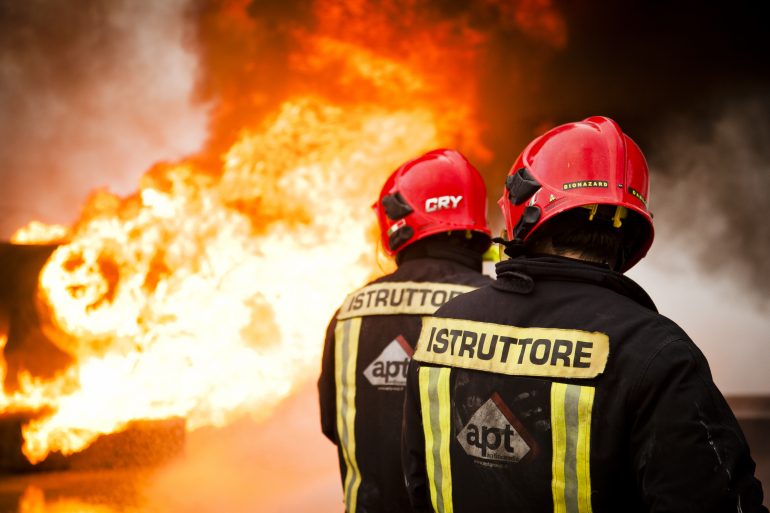- Via delle Azalee, 21 Sant’Alessio con Vialone (PV), Italia
- (+39) 0382-538026
- Lun – Ven 8:00 – 17:30
- Area Riservata Clienti

Scopo:
Consentire agli incaricati della squadra di emergenza di effettuare esercizi pratici che non è possibile condurre nei luoghi di lavoro.
Struttura:
Il corso è strutturato per consentire agli incaricati della squadra di emergenza di effettuare esercizi pratici che non è possibile condurre nei luoghi di lavoro.
Esercitazioni pratiche
Gli esercizi pratici devono includere:
Possedere un certificato OERTM o OERTM FURTHER in corso di validità.
Prossime date:
MARZO 2022
APRILE 2022
MAGGIO 2022
GIUGNO 2022
Al superamento di tutte le prove, viene rilasciato il certificato OERTM – Offshore Emergency Response Team Member (Further Training) approvato OPITO.
Compila il modulo qui sotto per chiedere informazioni sul corso. Saremo da te appena possibile.
Via delle Azalee, 21
Sant’Alessio con Vialone (PV), Italia
Copyright © 2023. All rights reserved.